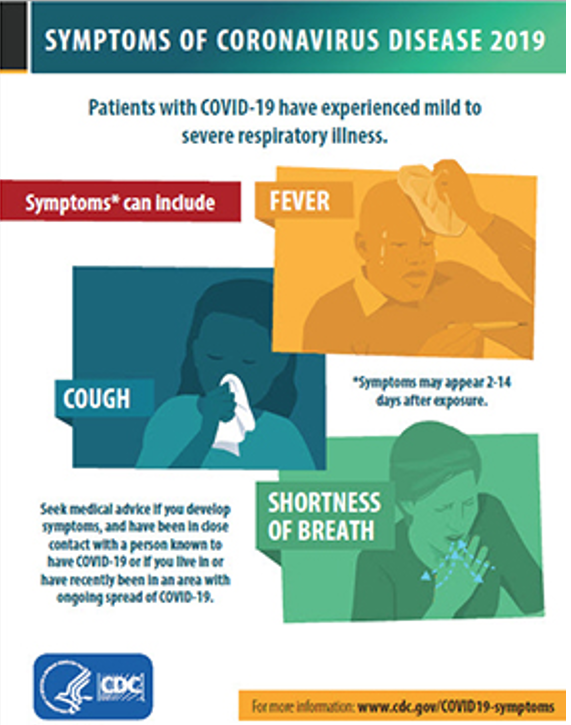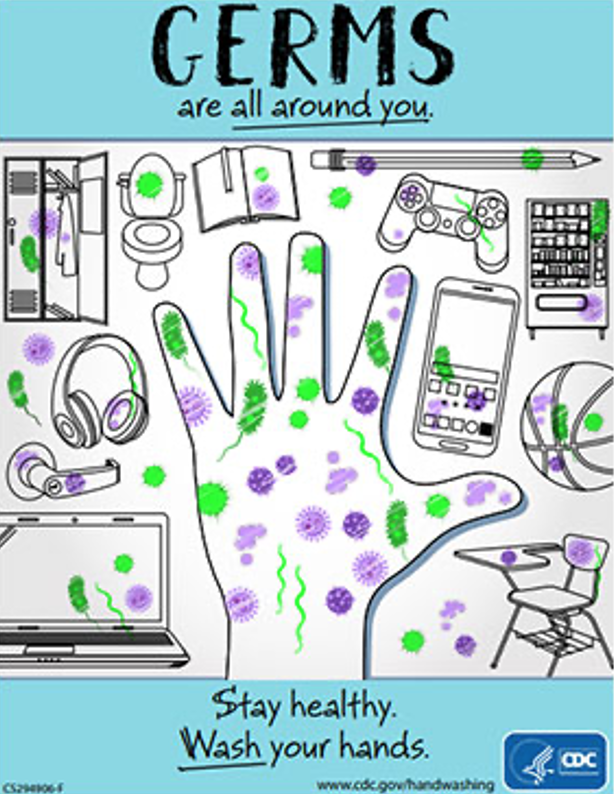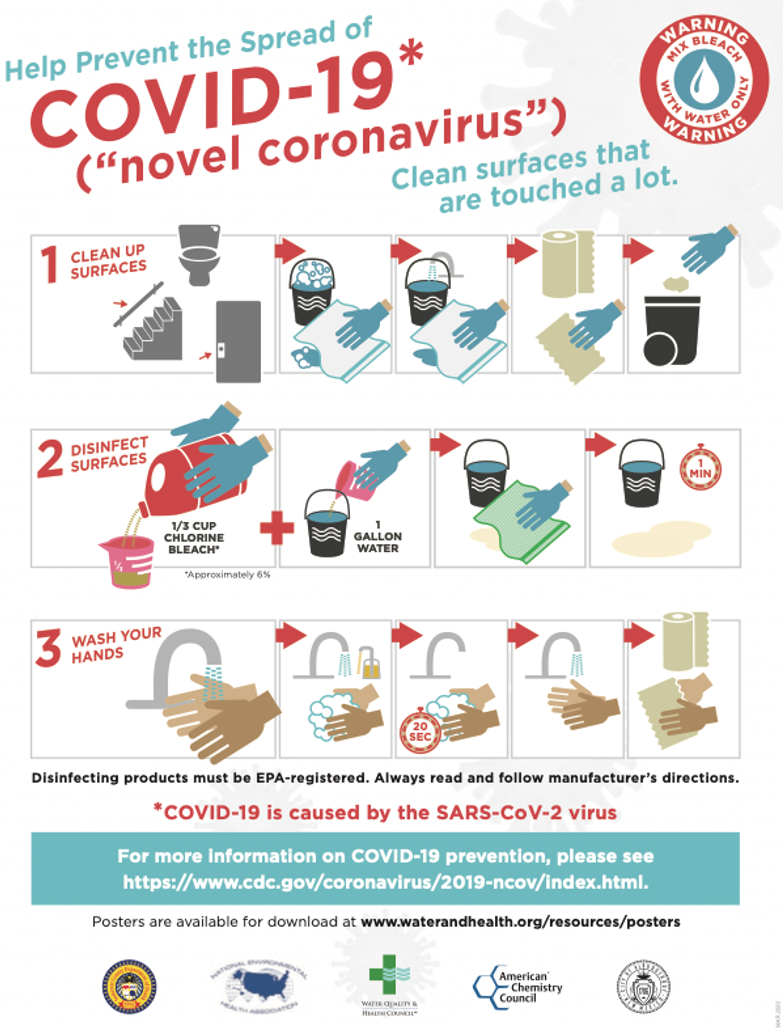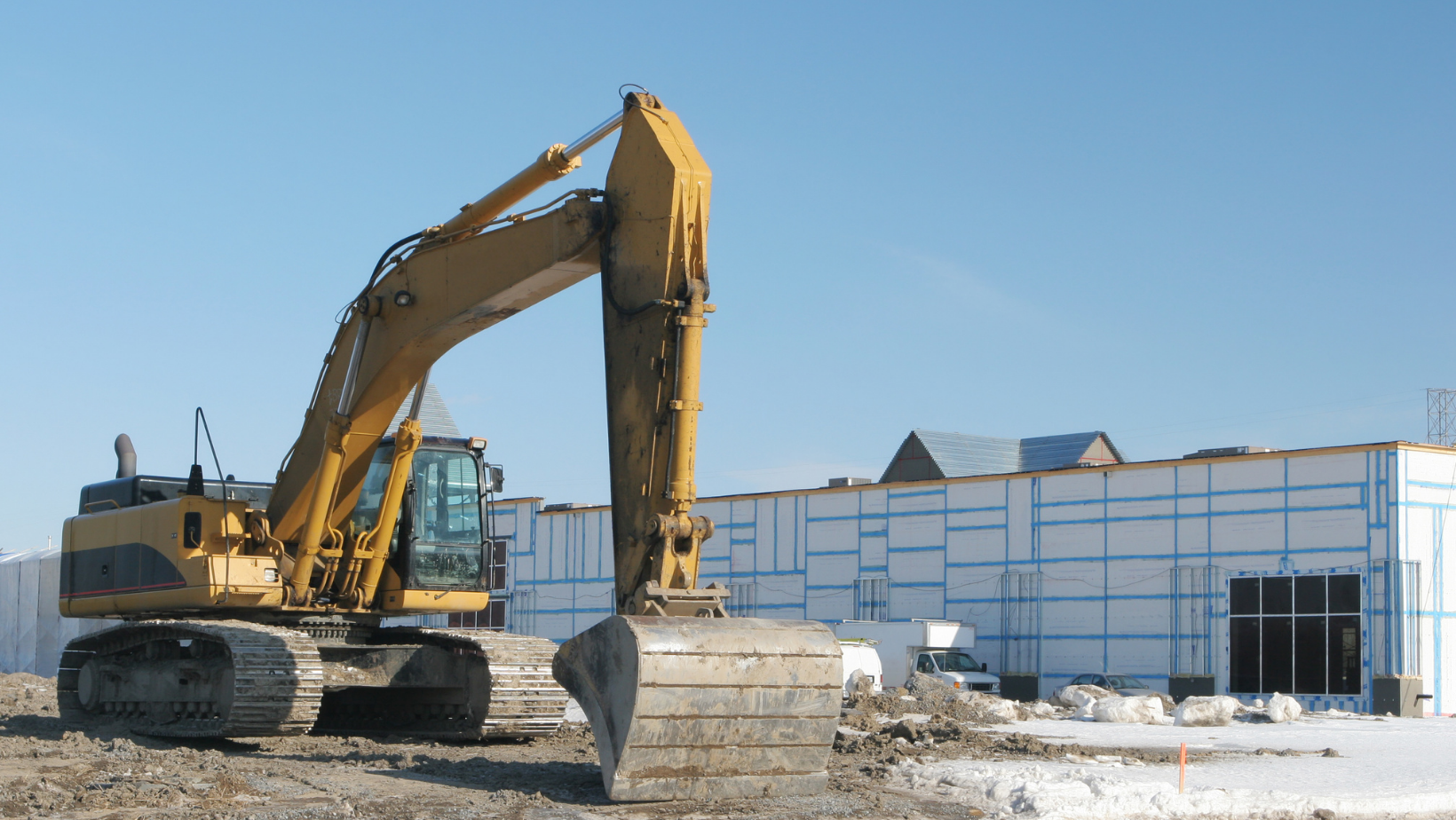The primary purpose of the Pandemic Preparedness Plan is to enable New England Construction to respond safely, effectively, and efficiently to a pandemic. New England Construction’s objectives during a pandemic are the following:
Reduce transmission of the pandemic virus strain among our employees, customers/clients, and partners.
- Minimize illness among employees and customers/clients.
- Maintain essential operations and services.
- Minimize social disruptions and the economic impact of a pandemic.
Each site must designate a COVID-19 Officer to ensure that the following activities take place. This Officer must submit a written report each day that certifies compliance by all contractors.
As needed, the Pandemic Preparedness Plan will be developed and activated and overall management of the response is delegated to the COVID-19 Officer. Their primary responsibilities include:
- Monitor issues and information related to pandemics to keep our plan up to date.
- Recommend any changes to the plan as circumstances warrant.
- Conduct employee training.
- Communicate with public health agencies, emergency responders and others regarding our plan, and understand their capabilities should an outbreak occur.
- Attend external training/seminars about pandemic outbreaks in order to remain current about the pandemic threat in our community.
- Implement this plan should it become necessary.
Communication
During a pandemic there may be a high level of fear and anxiety. Rumors and misinformation will fuel those emotions. New England Construction realizes that in order to sustain employee, customer, and vendor confidence and morale, information sharing will be critical. New England Construction will strive to provide clear, consistent, relevant, truthful, and timely information to the following audiences:
- Employees
- Customers
- Product and service vendors
- Public
- Government
A procedure will be developed to notify key contacts including both customers and suppliers in the event an outbreak has impacted our company's ability to perform services. This procedure will also include notification to customers and suppliers when operations resume
Continuity of Operations - Business continuity plans have been developed so that if significant absenteeism or changes in business practices are required, business operations can be effectively maintained.
Disease Control
Prior to starting a shift, each employee must self-certify to their supervisor that they:
- Have no symptoms of COVID-19
- Have not had “close contact” with an individual diagnosed with COVID-19. Close contact is defined as:
- Living in the same household as a person who has tested positive for COVID-19
- Caring for a person who has tested positive for COVID-19
Coming into direct contact with secretions (e.g., sharing utensils, being coughed on) from a person who has tested positive for COVID-19, while the person was exhibiting symptoms
Workers that will enter a confined space or will be within an enclosed building envelope will need to be temperature screened by a Medical Professional or Trained Person provided such screening is out of the public view to respect privacy and the results kept private.
There is zero tolerance for sick workers reporting to work. Employees are required to stay home if experiencing COVID-19 symptoms and must be sent home if they show symptoms at work. Typical symptoms of COVID-19 include fever, cough, shortness of breath, and sore throat.
Strategies
Flexible work policies will be developed as needed. Workers are encouraged to stay at home when ill, when having to care for ill family members, or when caring for children when schools close, without fear of reprisal. Telecommuting or other work-at-home strategies will be developed as needed.
Disease Control Supplies
For employees to practice disease control recommendations properly, the following supplies will be regularly available:
- Soap (at all hand-washing sinks)
- Tissues
- Hand sanitizer (minimum 60% alcohol content)
- Office cleaning and disinfecting supplies
- Disposable towels
- Trash bags
- Personal protective equipment
Use of personal protective equipment during a severe pandemic may be recommended. Recommended equipment may include:
- Face masks. The general public may be asked to wear face masks when in public settings, including workplace settings. Face masks are loose-fitting, disposable masks that cover the nose and mouth, and have ear loops or ties for a secure fit. These include products labeled as surgical, dental, medical procedure, isolation, and laser masks. Facemasks are designed to prevent the wearer from spreading germs found in respiratory droplets, to others. They are not designed to protect the wearer from breathing in very small particles. When supplies are available, facemasks should be used once and then thrown away in the trash, especially if they become moist.
- Frequent hand washing will be recommended. If adequate hand washing occurs, it is not necessary to wear gloves for routine activities. However, gloves are recommended for cleaning with disinfectant. Gloves come in many types that are suitable in different situations. In general, gloves must be liquid-proof and should fit comfortably.
During a pandemic, thorough workplace disinfection measures may be required to minimize the transmission through surfaces.
Simple cleaning with a damp cloth may not kill or remove viruses, which is why disinfection is required.
Items to disinfect:
- Surfaces that are frequently touched by hands should be cleaned and disinfected often, at least daily.
- Surfaces to disinfect include commonly touched surfaces like doorknobs, water-cooler taps, telephones, and other items that are touched by various people throughout the day. Non-essential items (e.g., magazines/newspapers) from common areas will be removed.
New England Construction will request that employees escalate their use of healthy habits to limit the spread of disease. Disseminate reminders throughout the work site. Key messages include:
- Wash your hands often with soap or use hand sanitizer.
- Avoid touching eyes, nose, and mouth with un-washed hands.
- Cover your cough and sneeze.
- Stay home when sick. Symptoms include:
- Fever (temperature greater than 100.4o F)
- Chills, shivering
- Muscle aches
- Sore throat
- Dry cough
- Headache
- Fatigue (extreme tiredness)
- Avoid close contact (6 feet or less) with others, including skin-to-skin contact (e.g., shaking hands).
- All persons (employees and clients) in the workplace should wear a mask or covering over the mouth and nose when in the same room as another person.
- Clean and disinfect commonly used surfaces.
- Minimize close contact with sick persons.
Handwashing facilities MUST be installed where access to an indoor bathroom is not available.
Handwashing stations will be installed where feasible. They should have hot and cold potable water. If that is not possible, handwashing stations can be established at a fire hydrant with the proper connections. All of these locations should have soap, paper towels and a trash receptacle.
If a worker notices that soap or paper towels are missing, or the trash receptacle is full, the worker should notify their supervisor immediately.
Social Distancing
Social distancing refers to a disease control strategy that includes limiting or altering the frequency and closeness of people in order to reduce the spread of contagious diseases from one person to another. During a pandemic people may be advised to stay at least 6 feet apart.
New England Construction may utilize the following social distancing strategies to reduce close contact among individuals:
- Telecommuting
- Teleconferences
- Staggered work shifts
- Face-to-face barriers
- Distance between work sites
- Restrict workplace entry of people with symptoms
Manage employees who become ill
In order to reduce the transmission of disease, it is important that individuals who are sick with pandemic flu or other contagious illnesses stay out of the work setting. Flexible work policies will be developed as possible. Individuals with symptoms (or those caring for ill family members) may be asked to stay home and are encouraged to stay home until they are no longer contagious.
Management and Staffing
The Workplace Coordinator will monitor staffing levels at all locations and assist supervisors in finding ways to maintain critical operations in light of any staffing shortage.
Business continuity plans may be prepared so that if significant absenteeism or changes in business practices are required, business operations can be effectively maintained.
Training
New England Construction will conduct periodic training on the following:
- Prevention of illness
- Initial disease symptoms
- Preventing the spread of the disease
- When it is appropriate to return to work after illness
- Company policies
- Handshaking is prohibited.
- All workers must wear gloves.
- Eye protection is strongly recommended.
- If social distancing is not possible, workers will be provided with PPE such as respiratory protection, gloves and eye protection.
- Wash hands often with soap and water or use a hand sanitizer that contains at least 60% ethanol or 70% isopropyl alcohol.
- Each jobsite will have laminated COVID-19 safety guidelines and handwashing instructions.
- Cleaning and decontamination procedures will be posted and shared. All offices, common areas, meeting areas, portable and fixed toilet locations, trailers gates, handrails, doorknobs, equipment and vehicles shall be cleaned daily, preferably twice a day. These procedures must be posted at all entry points to and throughout the site. Any time you enter a vehicle, clean it thoroughly.
- Social distancing guidelines will be followed to the maximum extent feasible. For tasks where employees need to work within 6′ of each other, PPE to prevent disease transmission (face mask, gloves, and eye protection) shall be worn.
- Access to field office/job trailers is restricted to authorized personnel.
- All meetings must be held by conference call, cell phone calls or web meeting if possible. In-person crew meetings and toolbox talks must be held with no more than 10 personnel at a time, preferably outdoors and social distancing requirements (6′ clearance) shall be followed.
- Avoid face-to-face meetings, if the situation is critical, those present must utilize the social distancing policy of 6 feet.
- Crews should try to keep 6 feet apart.
- At each job briefing/toolbox talk, ensure that each worker is asked if they are experiencing any symptoms. If they are, they should be sent home immediately.
- All toilet locations, including those that are portable, should be cleaned and provided with soap, hand sanitizer and paper towels, as is practical.
- Instruct workers not to share food, nor share eating or drinking utensils.
- Please maintain Social Distancing at break times, lunch times, and before and after work.
- Cover coughing with a tissue or cough into your elbow. Always wash your hands after coughing or sneezing.
- Avoid touching your face, eyes, nose or mouth with your hands.
- If you or a family member is ill, STAY HOME!!
https://www.cdc.gov/coronavirus/2019-ncov/communication/factsheets.html
https://www.osha.gov/Publications/OSHA3990.pdf
https://www.osha.gov/SLTC/covid-19/hazardrecognition.html
New England Construction is proud to partner with CRM to safely manage our onsite materials and compliance efforts, as well as conduct safety inspections. This collaboration enables us to keep our most valuable asset – our people – safe and healthy.






